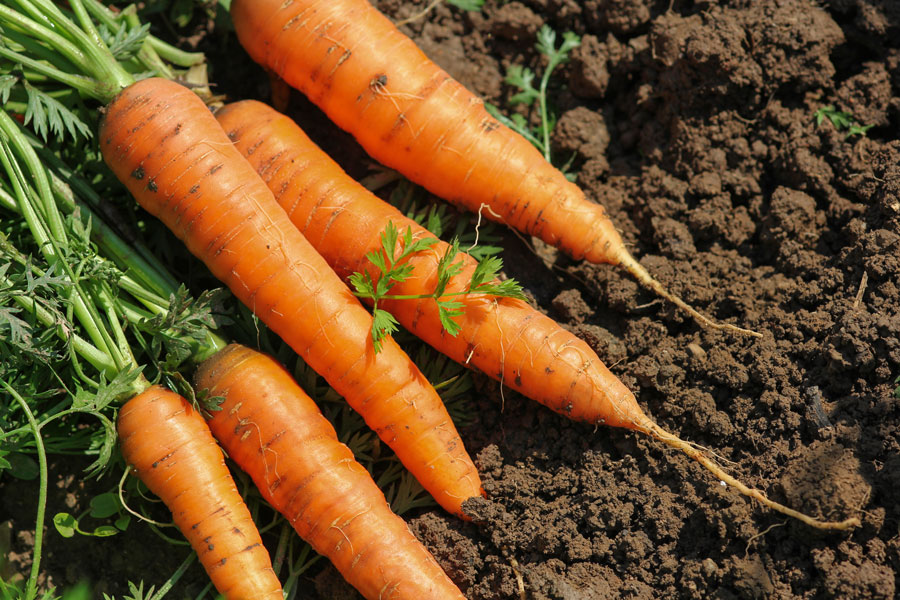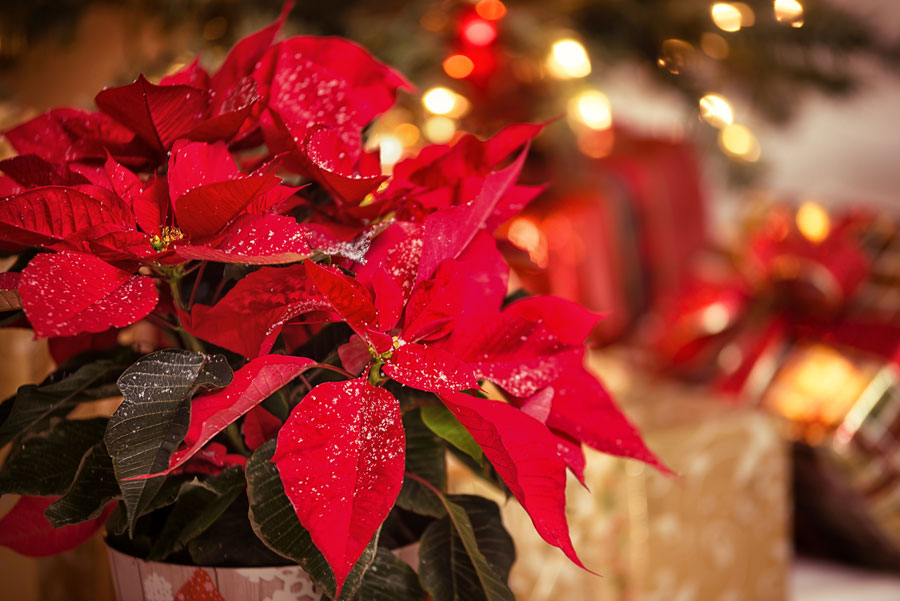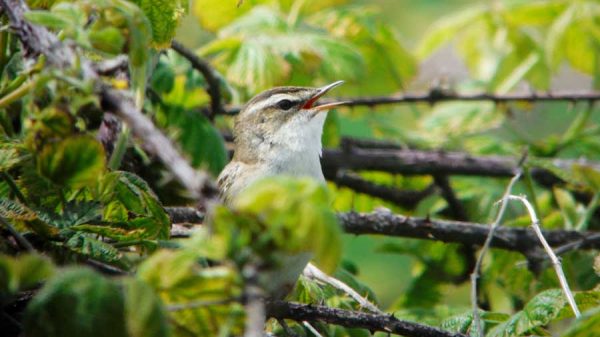As the end of the year creeps up and we are forced indoors by the changeable weather my thoughts turn to what did well in the garden and what needs more attention. One positive was that we didn’t need to water quite so much as last year.
Although there are always jobs to do in the garden it is a time of year to relax and enjoy the festive season, spending time with the people close to you and maybe a little indulgence too, which made me think. When you are sitting down to your Christmas meal, ask yourself which bits of it could you have grown yourself? Although it’s too late to start now you could plan to grow at least one part of your meal next year. Potatoes, sprouts, parsnips or just the sage for the stuffing grown in a pot on your patio or balcony, there is something special about eating vegetables, herbs and fruit you have grown yourself.
So let’s start with the easy one, fresh new potatoes are a delight and tubers are usually purchased July or August for planting in prepared soil or better still in a large container. They are the same as the tubers you buy in spring but have been cold stored to delay their growth. Cultivars such as ‘Maris Peer’, ‘Nicola’ or Charlotte are some of the best to try, producing small new potatoes perfect for that festive treat. You could save some tubers purchased for spring planting, best to store them in a domestic fridge until planting time in July.
I prefer to use potato growing bags as they have handles on and can be grown on a patio, available from garden centres and nurseries, along with some general purpose growing compost. Put a 10cm (4”) layers of compost in the bottom of the potato bag, then place three or four tubers per container covering them with a further 10cm(4”) of compost, (you don’t have to pre chit the potatoes like you do in spring). As the shoots develop keep adding compost just leaving the top two inches of shoot showing until you reach 5cm (2”) from the top of the container, then just let the shoots grow, feeding once per week with a general liquid feed. Keep an eye on the compost, watering every few days or when the compost looks dry, Potatoes don’t produce good crops if the soil is too dry. As the foliage turns yellow and dies back in late autumn remove the foliage and move the container into a sheltered spot or cold greenhouse, stop watering and allow the compost to dry out.
In the cabbage family, sprouts (Brodie), cabbage (Minicole), kale (Cavolo Nero) and broccoli (Red Admiral) are all quite hardy and from a spring sowing (April – May) and transplanted into good garden soil will provide crops right through the winter months. Some seed suppliers and nurseries sell pre grown plants ready for the garden, they are normally planted in May/June to be ready around Christmas.

Parsnips (Gladiator) and carrots (Sweet Candle) need a long season and especially with parsnips their flavour is improved after a couple of frosty nights, sow directly where they are to grow, as thinly as possible. Parsnips do take a while to germinate so be patient. I usually mix a little radish seed with the parsnips as they will provide a marker as to where you sowed, and will be cropped long before the parsnips are ready. The key with both these root vegetables is to sow a couple of seeds about 5cm (2”) apart this can save thinning them later which in the case of carrots helps reduce the attack of carrot fly. Apart form the shorter cultivars its best to avoid growing in containers, unless you have large barrels like the show vegetable exhibitors.
For those with limited space why not grow a few herbs in pots, ideally they should be placed in a sheltered spot protected from strong wind and heavy rain. Often the best place is near to the house where the leaves can be picked just before they are required. Sage and rosemary are great accompaniments for roast potatoes or stuffing, and being evergreen can be cropped most of the year. Choose a large container and fill with a very gritty compost. They don’t require much in the way of feeding and are surprisingly drought tolerant. They prefer a loam based compost with added potting grit at the ratio of 3 parts loam based compost to two parts potting grit.

Finally if you are tempted to buy a seasonal house plant such as poinsettia, Christmas cactus or cyclamen, treat them with a little care, they much prefer a cooler room, and although we are inclined to use them to add colour to the festive atmosphere, don’t leave them in a warm room for long periods, ideally keep them in a cool room out of direct sunlight. They are best stood in a plant pot saucer on a 1cm layer of small gravel. Water the saucer not the top of the pot and this will keep them going. Watering from the top can leave them too wet and prone to rot.
With best wishes to you all for the festive season,
Martin.
Next month, ( planting, pruning and pottering).







